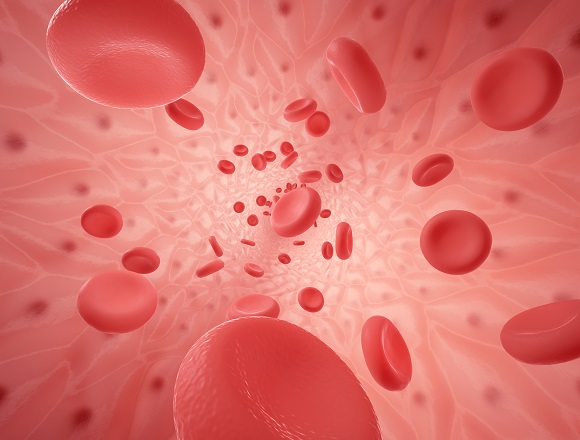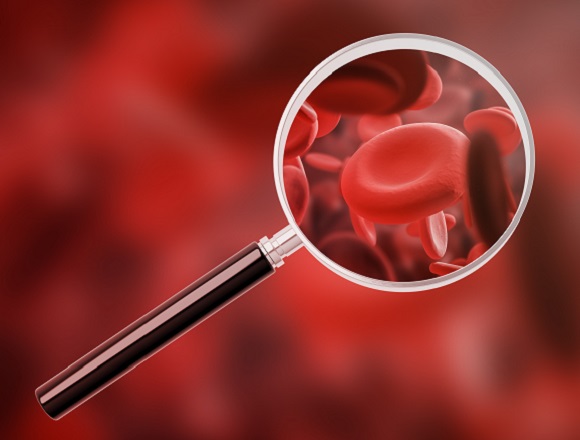Florence Roufosse, MD, is a professor of medicine, internist, and clinical immunologist at the Erasmus University Hospital in Brussels, Belgium. She has served as president of the International Eosinophil Society. She is involved in clinical trials investigating hypereosinophilic syndrome.
Is there an optimal threshold of eosinophil count for starting glucocorticoid therapy, even if the patient is asymptomatic?
That’s a very important question because it’s been shown that people are often overtreated when they have too high eosinophil counts in the blood. And there are some patients who have what’s called hypereosinophilia of undetermined significance, which means that this hypereosinophilia, for unknown reasons, is not complicated by organ damage or dysfunction.
An important aspect in response to that question is, what is asymptomatic? How far do you have to go to make sure that the patient doesn’t have eosinophil-mediated complications? What you must do in such patients who seem to have high eosinophil counts and who are asymptomatic is make perfectly sure that they don’t have occult damage, which you’re not picking up by the physical examination, and, specifically, if there’s no heart involvement. If the patient is asymptomatic, it’s still necessary to do serum troponin and to do cardiac magnetic resonance imaging (MRI), which is more sensitive than the echocardiogram, to make sure that there’s absolutely no eosinophilic involvement in tissues.
If it’s the case, there’s actually no threshold. If it’s truly asymptomatic and uncomplicated hypereosinophilia, patients do not necessarily have to have treatment and do not necessarily have to receive glucocorticoids. Obviously, one important aspect to that response as well is that you can’t just let them go out in the nature. You have to have them come back in regularly to do follow-up examinations and make sure that they don’t develop new damage because of eosinophils.
 English
English
 Español
Español
 українська
українська









